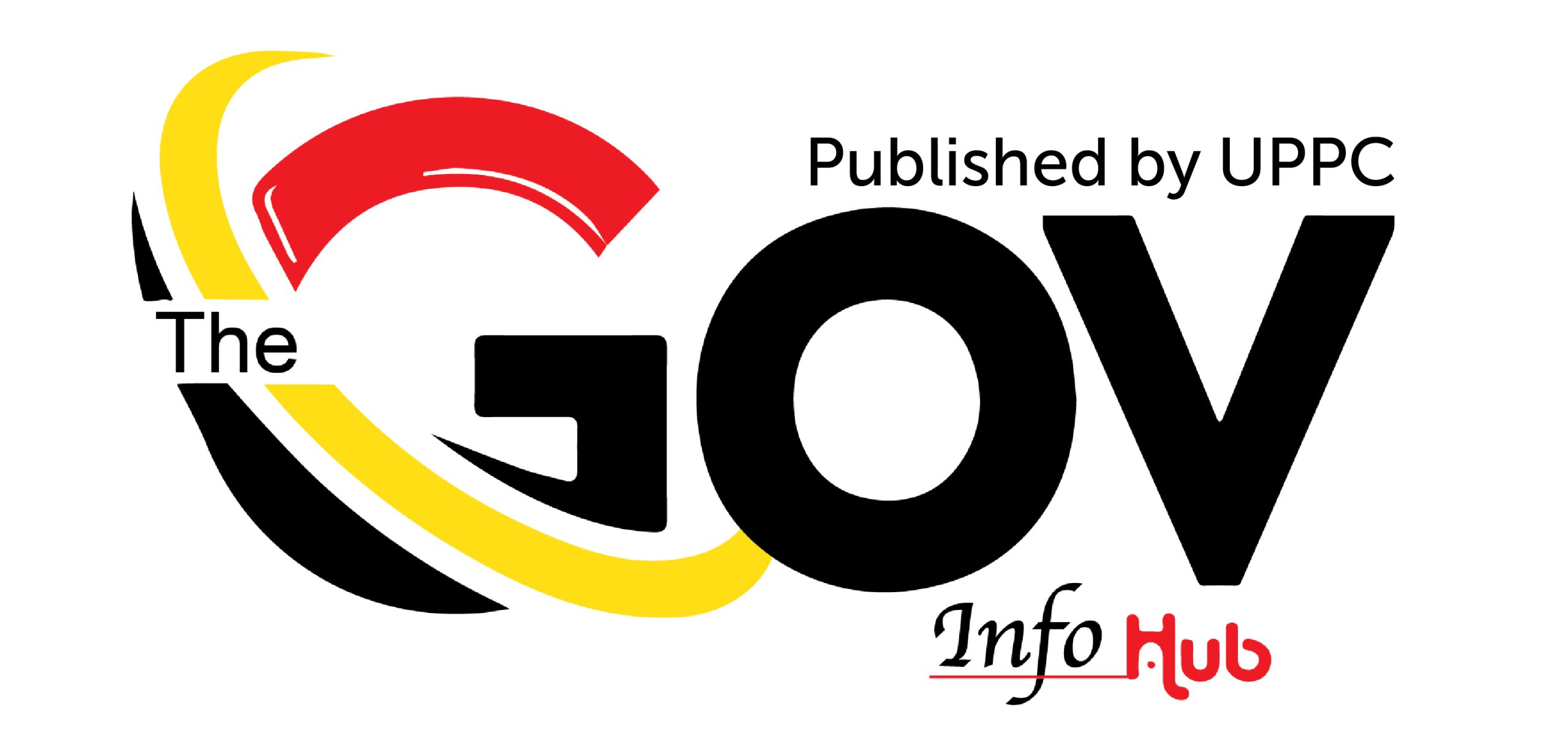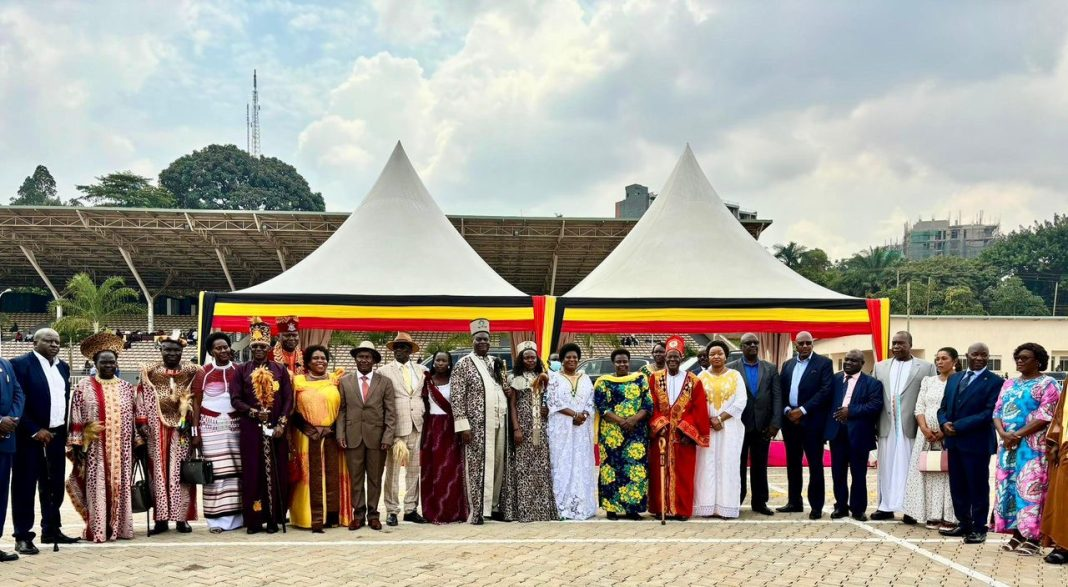By Fidel Boy Leon
In a nation as culturally rich and diverse as Uganda, bridging the gap between government programs and ordinary citizens has often been a question of trust, access, and local relevance.
Now, a new initiative by the Government of Uganda is betting on cultural institutions, the kingdoms, chiefdoms, and traditional authorities embedded in Ugandan communities to help close that gap.
At the heart of this effort is the Traditional Leaders Enhancement Programme, launched in a colourful ceremony attended by high-level government officials, including Vice President Jessica Alupo, Minister of Gender, Labour and Social Development Hon. Betty Amongi, and Permanent Secretary Mr. Aggrey Kibenge.
The program involves distributing new vehicles to cultural leaders as an investment in their mobility, outreach, and partnership with the state.
Cultural leaders are often the first point of influence in communities. By equipping them with vehicles and reaffirming their relevance, the government hopes to strengthen the delivery of flagship development programs such as the Parish Development Model (PDM) and Emyooga.
“The vehicles you are receiving today will facilitate your mobilisation efforts and enable you to reach all parts of your kingdom,” said Vice President Alupo, encouraging leaders to promote economic empowerment at the household level.
Cultural institutions can leverage their influence to explain these complex programs in relatable terms, motivate participation, and hold local implementers accountable.
The 1993 restoration of monarchies under the NRM government was framed as a recognition of ancestral governance systems that brought unity amongst clans and tribes, a legacy the state now hopes to revive for modern development goals.
“The decision to restore monarchies was to recognise the efforts of our ancestors in establishing centralised administrations… This unity minimised conflicts and strengthened cooperation,” Alupo noted.
Cultural institutions are also viewed as the custodians of heritage and language, offering an irreplaceable role in preserving identity while guiding behaviour in rural communities.
“Our African dialects are richer than European languages, and this heritage must be preserved,” she added.
Beyond their cultural roles, traditional leaders are being called upon to reinforce Uganda’s national cohesion and regional diplomatic image. Alupo, speaking on behalf of President Museveni, emphasised how Uganda’s internal stability is increasingly recognised by neighbouring states.
“Presidents in South Sudan, Somalia, DRC… acknowledge that the peace in Uganda has positively impacted their countries,” she said.
By aligning cultural leadership with the broader NRM vision of Pan-African integration, the state hopes to ensure cultural institutions function not as fragmented kingdoms, but as stabilising partners in national and regional growth.
Cultural leaders are often the most accessible form of leadership in rural areas. The vehicles, handed out as part of the enhancement program, symbolise a functional bridge between remote communities and government support structures.
“The NRM government recognises cultural institutions as partners in mobilising our people for development, peace, unity, and socio-economic transformation,” the Vice President affirmed.
This sentiment was echoed by traditional leaders present at the ceremony, including the Umukuka III of the Bamasaba, who commended the state’s ongoing efforts to include cultural institutions in governance processes.
Vice President Alupo called for the gazetting of cultural sites in collaboration with the Ministry of Tourism, recognising their potential as historical assets and economic drivers. This aligns with the dual function of cultural institutions: preserving identity while stimulating sustainable development.
Uganda’s development agenda cannot succeed without buy-in from the people. That buy-in is most easily achieved through trusted local leaders who speak the language, understand the culture, and carry traditional legitimacy.
With proper accountability mechanisms and non-partisan collaboration, cultural institutions can serve as a powerful conduit between the state and its citizens. And this in turn will translate into national policies into local action and help communities rise not just economically, but culturally and socially.


